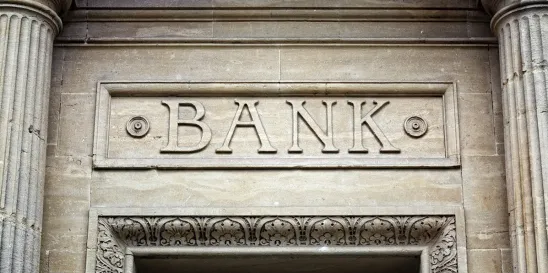Fair Lending Insights and Highlights |
|
Fair lending has been a hot topic for some time now, and we have written about various initiatives, settlements, and consent orders in previous articles. Many of the banks involved in recent fair lending cases have been very large banks; however, in late August, the Department of Justice (DOJ) entered into a $1.5 million settlement agreement with a smaller bank in Oklahoma, American Bank of Oklahoma (the Bank), for redlining and failure to comply with fair lending laws and regulations between 2017 and 2021, despite previous warnings of deficiencies by the Federal Deposit Insurance Corp. (FDIC). American Bank of Oklahoma has approximately $380 million in assets. This was the eighth redlining settlement since the announcement of the DOJ’s “Combatting Redlining Initiative” in 2021. The complaint alleged that the Bank failed to serve minority members of the community in Tulsa, Oklahoma, and, specifically, the areas that had been affected by the Tulsa Race Massacre in 1921. At the time of the settlement, the Bank did not have any locations in majority-Black or Hispanic tracts of Tulsa, and it excluded all majority-Black and Hispanic neighborhoods in the Tulsa metropolitan statistical area from its Community Reinvestment Act assessment area. The Bank had been notified of “significant” deficiencies in its compliance with fair lending laws and regulations by the FDIC in 2018. The FDIC provided written recommendations for the Bank to use, but no action was taken on the Bank’s part, according to the DOJ. Additionally, the Bank did not conduct a redlining analysis or any fair lending assessments and did not have written policies, procedures, or guidelines for compliance with fair lending laws and regulations. The complaint further alleged that the Bank did not advertise or conduct community outreach in any of the majority-Black or Hispanic areas of Tulsa. Additionally, it noted that the Bank’s billboards were all located in majority-white tracts, and the images on the Bank’s website were all “white-appearing” individuals. Further, the complaint alleged that loan officers and members of Bank management sent and/or received emails containing racial slurs. This settlement agreement goes to show that it’s not just the big banks in big cities that need to be concerned. What can your bank do to make sure it is in compliance with fair lending laws and regulations? First, always take corrective action on any deficiencies noted by your regulators or auditors. In one of the previous redlining settlement agreements, it was noted that the bank formed a committee to assist with fair lending compliance, but that committee never even met. Any action that is taken should be well documented and reported to management and/or the bank’s board of directors. Another step to take is to conduct a redlining analysis and an assessment of the bank’s pricing and underwriting practices on an annual basis. A review of the bank’s policies and procedures should be conducted during this assessment to ensure that each reflects the bank’s actual practice. Take action on any findings or exceptions and report the same to the bank’s board of directors. Finally, employees should be trained on a regular basis. Training should include not only the bank’s policies and procedures related to fair lending but also acceptable communication. Employees should be trained on how to appropriately communicate with customers and prospective customers and internally with other employees verbally, via email, and on all social media platforms. Anything that is sent or posted may be seen again. Overdraft Highlights It seems a month cannot pass without a mention of overdrafts. Recently, and like the Consumer Financial Protection Bureau (CFPB), FDIC, and the Office of the Comptroller of the Currency (OCC), the Federal Reserve voiced its opinion on the current hot topic of overdraft representments. In its September 22 Consumer Compliance Outlook, the Federal Reserve explained that a representment occurs when a merchant presents an item for payment to the bank after the bank has already declined the transaction for insufficient funds. The Federal Reserve noted that it has cited Unfair or Deceptive Acts or Practices violations for charging fees on these represented items. Like the OCC, FDIC, and CFPB, the Federal Reserve has deemed charging fees on represented items as unfair because the customer has no way to reasonably avoid the imposition of the fees, and the fees were retained by the bank and did not provide a benefit to the consumer. The Federal Reserve went on to provide several methods for mitigating risks associated with represented transactions, such as adopting a practice of not charging fees for represented items, monitoring third parties’ capabilities for preventing charges on representments and communicating any deficiencies to the bank’s regulators, and reviewing disclosures for accuracy and completeness. |



 />i
/>i

